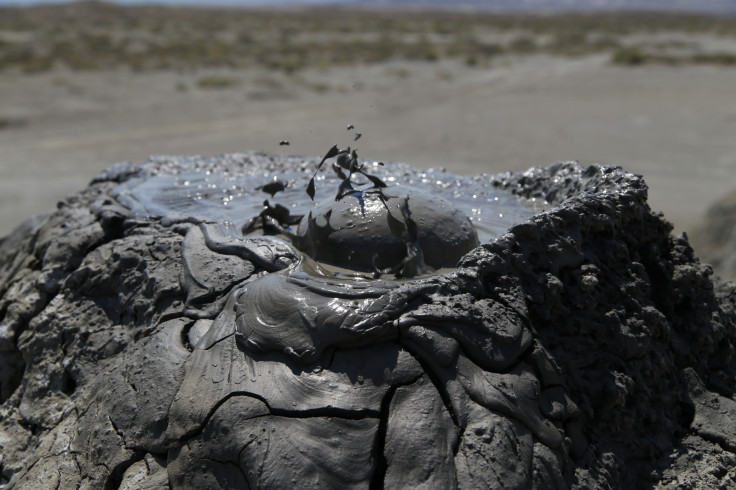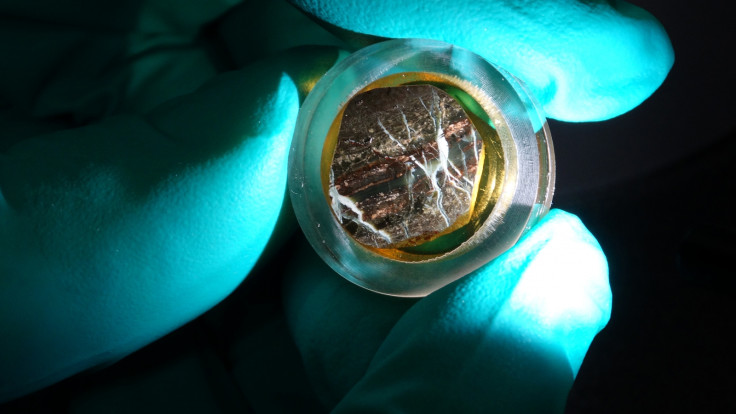Signs of life from the deep Earth erupt through mud volcanoes
Life could be thriving as far as 10km underground along tectonic plate boundaries.
A ''message in a bottle'' from bacteria that could be living as far as 10km deep in the Earth's crust has been found in rocks brought up by mud volcanoes in the Pacific Ocean.
The message is a collection of complex organic molecules created by living bacteria, according to a study published in the journal PNAS. It was found in rock from mud volcanoes at the Izu–Bonin–Mariana forearc, along the edge of the tectonic boundary where the Pacific plate is forced beneath the Philippines plate.
This area, called a subduction zone, could be creating the perfect conditions for life in the deep crust, study author Oliver Plümper of Utrecht University in the Netherlands told IBTimes UK. A type of rock called serpentenite forms in subduction zones, which creates an energy source for microbes.
"Serpentinisation makes a lot of food for microbes. It produces hydrogen and under special circumstances it can also make methane," Plümper said. "These are fuels for microbial life."
These are fuel for the types of microbes that live deep underground, far away from sunlight. The environment is very harsh, but microbes have been known to thrive under these conditions.
"But we know there's a link between this reaction and microbial life. These microbes live off the energy sources provided by the chemical reactions around them rather than through photosynthesis."
Mud volcanoes are unlike true volcanoes in that they bring up cold mud rather than hot lava. The mud and rocks form when the oceanic crust is forced into the Earth's mantle. It releases water at depths of about 20 km. This leads to a series of reactions that creates serpentinite, which is relatively light and travels upwards to the surface, forming mud volcanoes.

"These mud volcanoes are great because they bring material up from very deep down – I see it as a message in a bottle," he said. "You look inside to find what geological processes are happening and even what biological processes are happening."
The mud the volcanoes bring up can come from as far as 20km below the surface. But bacteria could only be living as deep as 10km, the authors calculate. This is where the so-called isotherm of 122C is found. Bacterial life is only thought to be able to live in rocks at temperatures up to 122C. Below 10km, the Earth is hotter than 122C.

However, there are other ways that the organic molecules could have got into the mud volcano, Plümper said. There are some mineral processes that can lead to the creation of organic molecules, but this is less likely a biological origin, he said.
Several research missions are going on to investigate the possibility of life in the deep Earth, or the ''deep biosphere''. "It's very important to ask these questions. How much life is there below our feet? There might be more below the surface than above it."
© Copyright IBTimes 2025. All rights reserved.






















